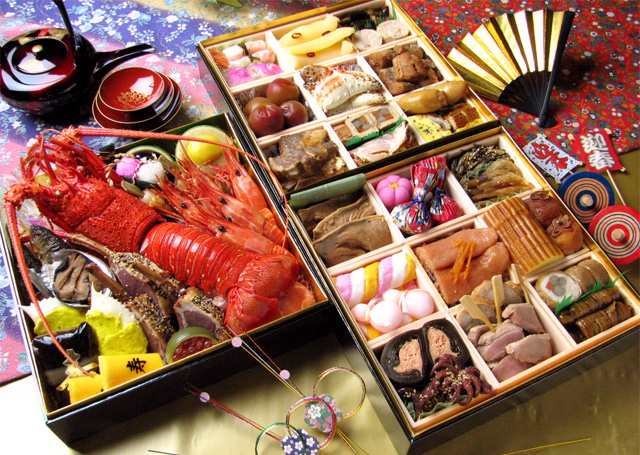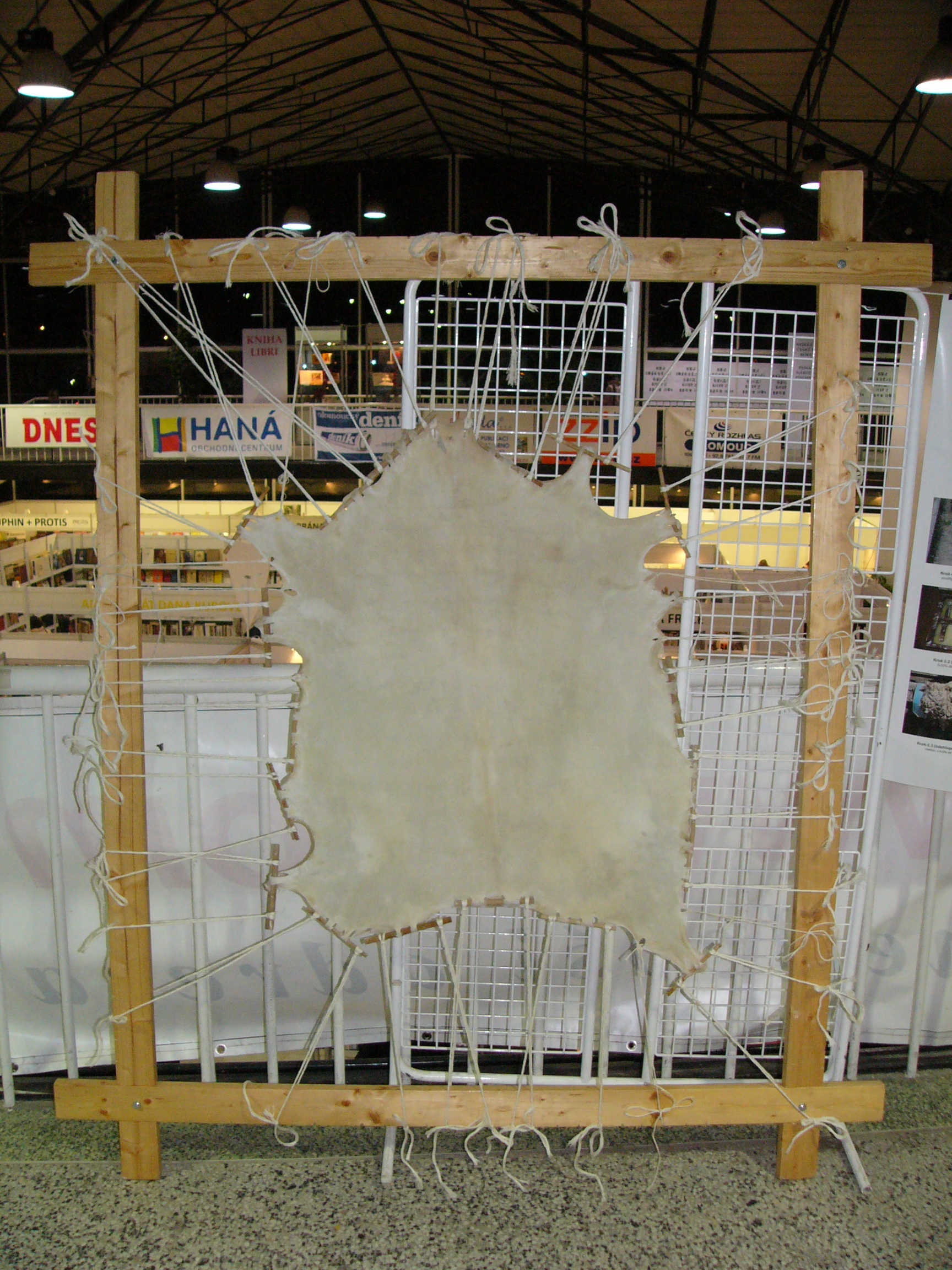|
Otoshi Buta
''Otoshi buta'' (, literally: drop-lid) are Japanese-style drop- lids for use in Japanese cooking. These round lids float on top of the liquid in a pot while simmering foods. They ensure that the heat is evenly distributed and reduce the tendency of liquid to boil with large bubbles. This reduces the mechanical stress on the food and keeps fragile ingredients in their original shape. Otoshi buta are almost always made from wood, so they have to be soaked in water for a few minutes before use to avoid absorbing the flavor of the dish and disturbing the flavor of the next dish cooked using the ''otoshi buta''. After use, the ''otoshi buta'' is washed and dried completely before storing. Though it depends on the recipe and food being cooked, ''otoshi buta'' may be substituted with a sheet of tough cooking paper or aluminum foil. See also *List of Japanese cooking utensils The following items are common Japanese cooking tools used in preparing Japanese cuisine. For a list of gen ... [...More Info...] [...Related Items...] OR: [Wikipedia] [Google] [Baidu] |
:Category:Japanese Words And Phrases ...
{{Commons Words and phrases by language Words Words Words A word is a basic element of language that carries an objective or practical meaning, can be used on its own, and is uninterruptible. Despite the fact that language speakers often have an intuitive grasp of what a word is, there is no conse ... [...More Info...] [...Related Items...] OR: [Wikipedia] [Google] [Baidu] |
Japan
Japan ( ja, 日本, or , and formally , ''Nihonkoku'') is an island country in East Asia. It is situated in the northwest Pacific Ocean, and is bordered on the west by the Sea of Japan, while extending from the Sea of Okhotsk in the north toward the East China Sea, Philippine Sea, and Taiwan in the south. Japan is a part of the Ring of Fire, and spans an archipelago of 6852 islands covering ; the five main islands are Hokkaido, Honshu (the "mainland"), Shikoku, Kyushu, and Okinawa. Tokyo is the nation's capital and largest city, followed by Yokohama, Osaka, Nagoya, Sapporo, Fukuoka, Kobe, and Kyoto. Japan is the eleventh most populous country in the world, as well as one of the most densely populated and urbanized. About three-fourths of the country's terrain is mountainous, concentrating its population of 123.2 million on narrow coastal plains. Japan is divided into 47 administrative prefectures and eight traditional regions. The Greater Tokyo Ar ... [...More Info...] [...Related Items...] OR: [Wikipedia] [Google] [Baidu] |
Lid (container)
A lid, also known as a cover, is part of a container, and serves as the closure (container), closure or Seal (mechanical), seal, usually one that completely closes the object. Lids can be placed on small containers such as Tub (container), tubs as well as larger lids for open-head Pail (container), pails and Drum (container), drums. Some lids have a security strip or a tamper-evident band to hold the lid on securely until opening is desired or authorized. These are usually irreversible to indicate that the container has been opened. History Lids have been found on pottery dating back as far as 3100 BC. Ancient Egyptian canopic jars with lids held the organs of mummified bodies as early as 2686 BC. The coffee lid market is valued at roughly $180 million. An estimated 14 billion lids were sold in 2009 in the United States. Some containers such as tubs or jars now have a plastic film heat sealed onto the container: this is often called a ''lidding film''. Examples File:StorageConta ... [...More Info...] [...Related Items...] OR: [Wikipedia] [Google] [Baidu] |
Cuisine Of Japan
Japanese cuisine encompasses the regional and traditional foods of Japan, which have developed through centuries of political, economic, and social changes. The traditional cuisine of Japan ( Japanese: ) is based on rice with miso soup and other dishes; there is an emphasis on seasonal ingredients. Side dishes often consist of fish, pickled vegetables, and vegetables cooked in broth. Seafood is common, often grilled, but also served raw as sashimi or in sushi. Seafood and vegetables are also deep-fried in a light batter, as '. Apart from rice, a staple includes noodles, such as soba and udon. Japan also has many simmered dishes, such as fish products in broth called , or beef in and . Historically influenced by Chinese cuisine, Japanese cuisine has also opened up to influence from Western cuisines in the modern era. Dishes inspired by foreign food—in particular Chinese food—like ramen and , as well as foods like spaghetti, curry and hamburgers, have been adapted to Jap ... [...More Info...] [...Related Items...] OR: [Wikipedia] [Google] [Baidu] |
Liquid
A liquid is a nearly incompressible fluid that conforms to the shape of its container but retains a (nearly) constant volume independent of pressure. As such, it is one of the four fundamental states of matter (the others being solid, gas, and plasma), and is the only state with a definite volume but no fixed shape. A liquid is made up of tiny vibrating particles of matter, such as atoms, held together by intermolecular bonds. Like a gas, a liquid is able to flow and take the shape of a container. Most liquids resist compression, although others can be compressed. Unlike a gas, a liquid does not disperse to fill every space of a container, and maintains a fairly constant density. A distinctive property of the liquid state is surface tension, leading to wetting phenomena. Water is by far the most common liquid on Earth. The density of a liquid is usually close to that of a solid, and much higher than that of a gas. Therefore, liquid and solid are both termed condensed matter. O ... [...More Info...] [...Related Items...] OR: [Wikipedia] [Google] [Baidu] |
Simmering
Simmering is a food preparation technique by which foods are cooked in hot liquids kept just below the boiling point of water (lower than ) and above poaching temperature (higher than ). To create a steady simmer, a liquid is brought to a boil, then its heat source is reduced to a lower, constant temperature. In food preparation Simmering ensures gentler treatment than boiling to prevent food from toughening and/or breaking up. Simmering is usually a rapid and efficient method of cooking. Food that has simmered in milk or cream instead of water is sometimes referred to as creamed. The appropriate simmering temperature is a topic of debate among chefs, with some contending that a simmer is as low as . Japanese cuisine In Japanese cuisine, simmering is often considered one of the four essential cooking techniques, along with grilling, steaming, and deep frying. American cuisine Food prepared in a crockpot is simmered. Examples include stews, chili, soups, etc. Bulga ... [...More Info...] [...Related Items...] OR: [Wikipedia] [Google] [Baidu] |
Wood
Wood is a porous and fibrous structural tissue found in the stems and roots of trees and other woody plants. It is an organic materiala natural composite of cellulose fibers that are strong in tension and embedded in a matrix of lignin that resists compression. Wood is sometimes defined as only the secondary xylem in the stems of trees, or it is defined more broadly to include the same type of tissue elsewhere such as in the roots of trees or shrubs. In a living tree it performs a support function, enabling woody plants to grow large or to stand up by themselves. It also conveys water and nutrients between the leaves, other growing tissues, and the roots. Wood may also refer to other plant materials with comparable properties, and to material engineered from wood, or woodchips or fiber. Wood has been used for thousands of years for fuel, as a construction material, for making tools and weapons, furniture and paper. More recently it emerged as a feedstock for the ... [...More Info...] [...Related Items...] OR: [Wikipedia] [Google] [Baidu] |
Water
Water (chemical formula ) is an inorganic, transparent, tasteless, odorless, and nearly colorless chemical substance, which is the main constituent of Earth's hydrosphere and the fluids of all known living organisms (in which it acts as a solvent). It is vital for all known forms of life, despite not providing food, energy or organic micronutrients. Its chemical formula, H2O, indicates that each of its molecules contains one oxygen and two hydrogen atoms, connected by covalent bonds. The hydrogen atoms are attached to the oxygen atom at an angle of 104.45°. "Water" is also the name of the liquid state of H2O at standard temperature and pressure. A number of natural states of water exist. It forms precipitation in the form of rain and aerosols in the form of fog. Clouds consist of suspended droplets of water and ice, its solid state. When finely divided, crystalline ice may precipitate in the form of snow. The gaseous state of water is steam or water vapor. W ... [...More Info...] [...Related Items...] OR: [Wikipedia] [Google] [Baidu] |
Recipe
A recipe is a set of instructions that describes how to prepare or make something, especially a dish of prepared food. A sub-recipe or subrecipe is a recipe for an ingredient that will be called for in the instructions for the main recipe. History Early examples The earliest known written recipes date to 1730 BC and were recorded on cuneiform tablets found in Mesopotamia. Other early written recipes date from approximately 1600 BC and come from an Akkadian tablet from southern Babylonia. There are also works in ancient Egyptian hieroglyphs depicting the preparation of food. Many ancient Greek recipes are known. Mithaecus's cookbook was an early one, but most of it has been lost; Athenaeus quotes one short recipe in his ''Deipnosophistae''. Athenaeus mentions many other cookbooks, all of them lost.Andrew Dalby, ''Food in the Ancient World from A to Z'', 2003. p. 97-98. Roman recipes are known starting in the 2nd century BCE with Cato the Elder's '' De Agri Cultura''. Many ... [...More Info...] [...Related Items...] OR: [Wikipedia] [Google] [Baidu] |
Food
Food is any substance consumed by an organism for nutritional support. Food is usually of plant, animal, or fungal origin, and contains essential nutrients, such as carbohydrates, fats, proteins, vitamins, or minerals. The substance is ingested by an organism and assimilated by the organism's cells to provide energy, maintain life, or stimulate growth. Different species of animals have different feeding behaviours that satisfy the needs of their unique metabolisms, often evolved to fill a specific ecological niche within specific geographical contexts. Omnivorous humans are highly adaptable and have adapted to obtain food in many different ecosystems. The majority of the food energy required is supplied by the industrial food industry, which produces food with intensive agriculture and distributes it through complex food processing and food distribution systems. This system of conventional agriculture relies heavily on fossil fuels, which means that the food an ... [...More Info...] [...Related Items...] OR: [Wikipedia] [Google] [Baidu] |
Cooking Paper
Parchment is a writing material made from specially prepared untanned skins of animals—primarily sheep, calves, and goats. It has been used as a writing medium for over two millennia. Vellum is a finer quality parchment made from the skins of young animals such as lambs and young calves. It may be called animal membrane by libraries and museums that wish to avoid distinguishing between ''parchment'' and the more-restricted term ''vellum'' (see below). Parchment and vellum Today the term ''parchment'' is often used in non-technical contexts to refer to any animal skin, particularly goat, sheep or cow, that has been scraped or dried under tension. The term originally referred only to the skin of sheep and, occasionally, goats. The equivalent material made from calfskin, which was of finer quality, was known as ''vellum'' (from the Old French or , and ultimately from the Latin , meaning a calf); while the finest of all was ''uterine vellum'', taken from a calf foetus or still ... [...More Info...] [...Related Items...] OR: [Wikipedia] [Google] [Baidu] |






